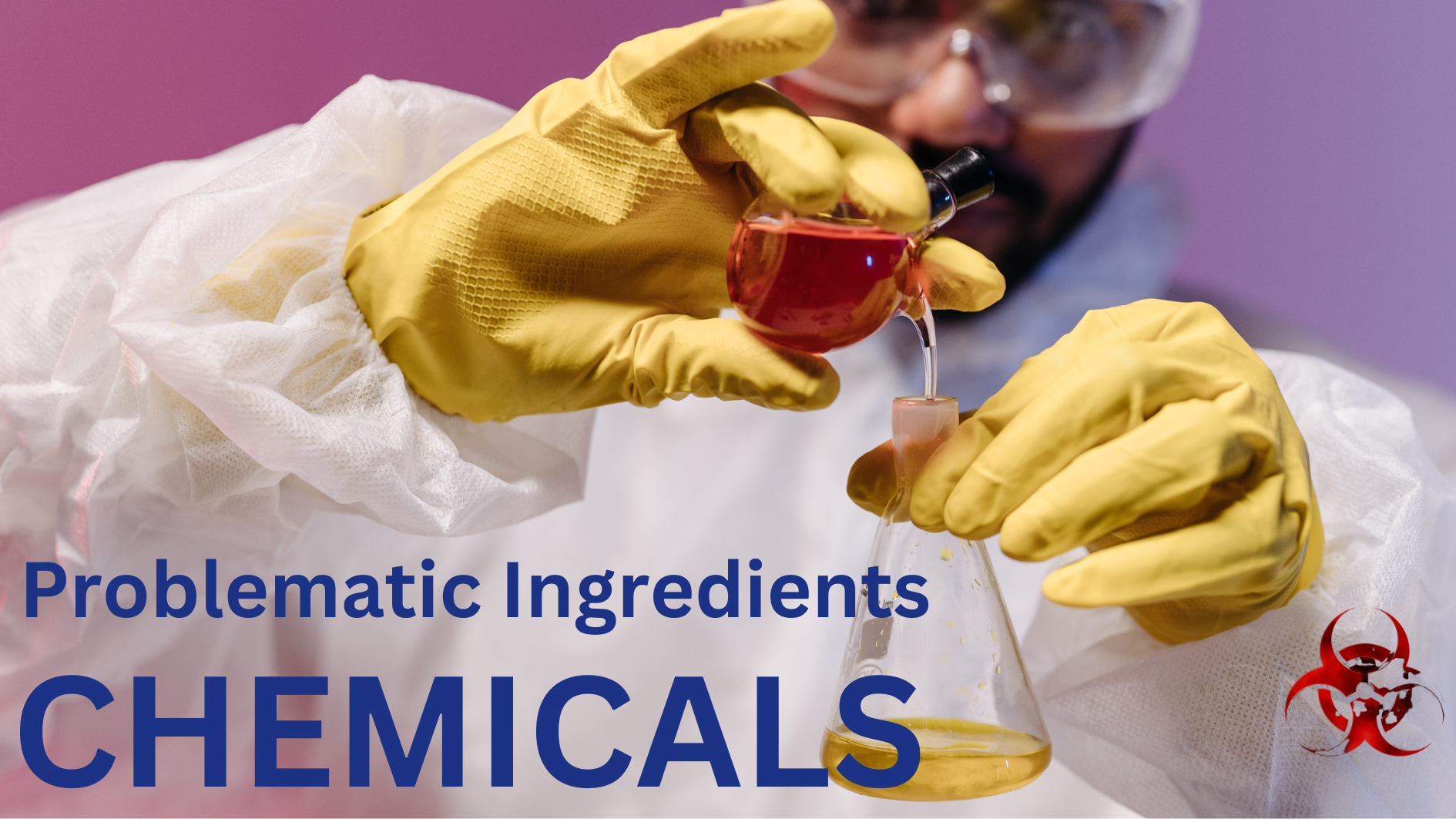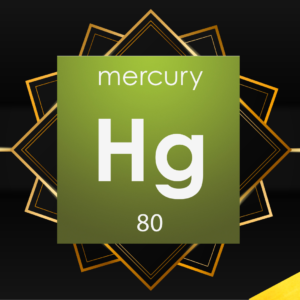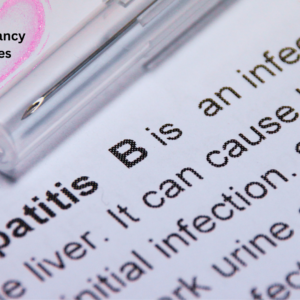Course Description: Most people believe that a vaccine consists of a little weakened virus or a snip of a bacteria mixed with some sterile water. Those same people are often shocked when they learn there are more than 130 different foreign proteins, animal cells, metals, and >200 chemicals in vaccines. Granted, each vaccine has about 10 of those ingredients, but if a person receives at least one dose of every available vaccine – and most persons who are vaccinated have received multiple doses of each vaccine – that same person will have been injected with many milligrams of problematic ingredients. It would take many hours to discuss the chemistry and potential side effects associated the injection of more than 200 chemicals. For the sake of brevity, we will dig deeply into the most toxic ingredients that are included in the final vaccine product. [2 Videos, Length: Vid 1: 46, Vid 2: 34 min, Downloadable Material, Access to Forums] In this course you will learn:
- Why antibiotics are used in the production of vaccines and why their use is a concern to scientists
- Why the use of neomycin in many vaccines is a serious concern
- The shockingly low level of exposure to antibiotics that can lead to bacterial resistance
- That the potential toxicity of the combined ingredients have never been studied
- The adverse effects of polysorbate 80 and borax on infertility in both boys and girls
- The large amount of residual formaldehyde in influenza vaccines That amount of formaldehyde in a vaccines is much larger than the level found to be toxic through inhalation and skin exposure
- Despite the substantial body of science that documents that formaldehyde as a carcinogen, nearly every regulatory agency denies the association between vaccine-injected formaldehyde and cancer





